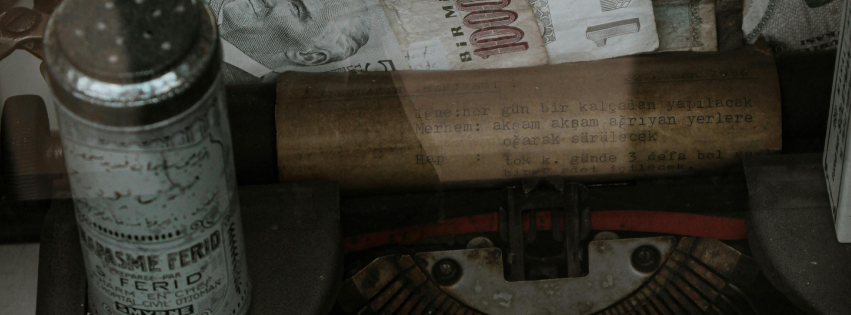Horses have long been integral to Indian culture, dating back to ancient epics that speak of powerful kings and their steeds conquering even the wind. However, it wasn’t until the 18th century that horse racing, a pivotal moment in the history of fast horses, took root in India. The introduction of horse racing in Madras during the 1780s marked the rise of country-bred horses, gaining renown for their speed and prowess on the track. Soon, Arab horses, renowned as the finest racers, were brought to Calcutta, captivating Indian audiences with their unmatched performance. As British influence expanded across India, so did the popularity of horse racing, with major cities like Madras, Calcutta, Bangalore, and Bombay boasting their own racecourses by the mid-19th century. This surge in interest saw British India importing horses from various nations in the early 19th century, fueling the growth of numerous horse racing tournaments. By 1862, over a hundred racing courses dotted the Indian landscape, solidifying horse racing as a beloved and widespread sport throughout the country.

Chennai
Madras Race Course, in the city now known as Chennai, emerged as India’s inaugural professional racecourse in 1777, named Guindy Race Course at the time. It pioneered horse racing in India, particularly with country-bred horses, under the management of the Madras Race Club. Notable races like the Classic Indian Turf Invitation Cup have graced its tracks, attracting distinguished figures such as King Don Alfonso of Spain, the Earl and Countess of Derby, and even the President of India.
Kolkata
Formerly the Calcutta Race Course, the Kolkata Race Course has stood in the city since 1820, witnessing events like the Indian Turf Invitation Cup and the Sprinter’s Cup. This period also marked the introduction of Arab horses, renowned for their strength, stamina, and speed, adding to the allure of the races.
Mumbai
Responding to the growing popularity of horse racing, Bombay joined the fray with its Mahalaxmi Race Course completed in 1883 by the Royal Western India Turf Club Ltd. Spanning 225 acres, it initially boasted the country’s largest track at 2400 meters and seating for 5500 spectators.
Before the establishment of the Mahalaxmi Racecourse, Bombay’s horse races were held at the Bombay Turf Club, founded in 1802. Sir Cusrow N. Wadia’s vision led to the creation of the Mahalaxmi racecourse on 226 acres of land, featuring a 2400-meter track with the country’s longest straight at 600 meters and grandstands modeled after a Melbourne racecourse.
Pune
The Royal Western India Turf Club Ltd played a pivotal role in the evolution of horse racing, from maintaining the Indian Stud Book to modernizing betting systems with the introduction of tote betting in 1912. This innovation, replacing bookmakers with a totalisator system, democratized betting and attracted a wider audience, including a Bollywood lyricist who won a record 48 lakh INR.
Read: Instacube for Instagram



